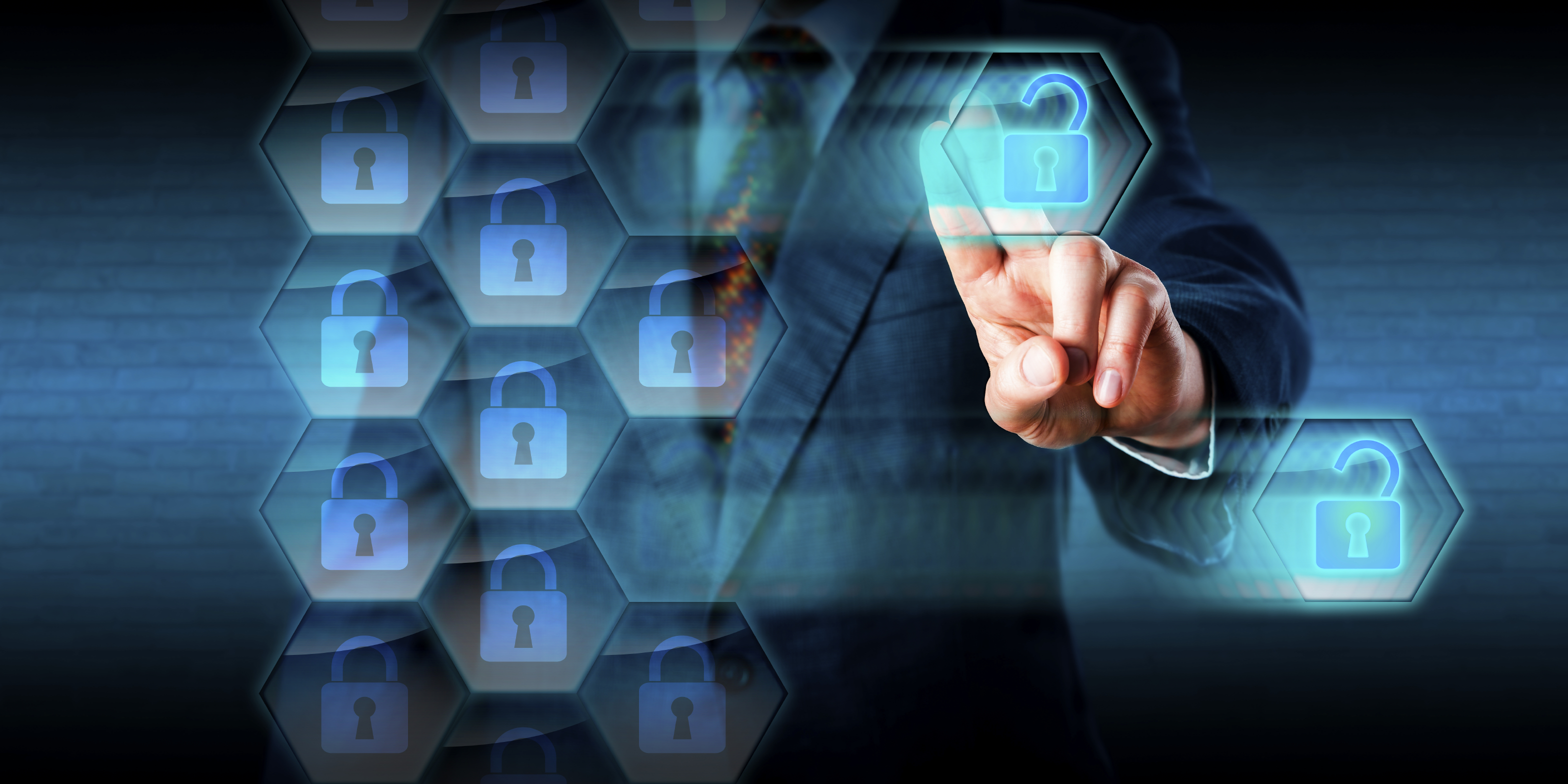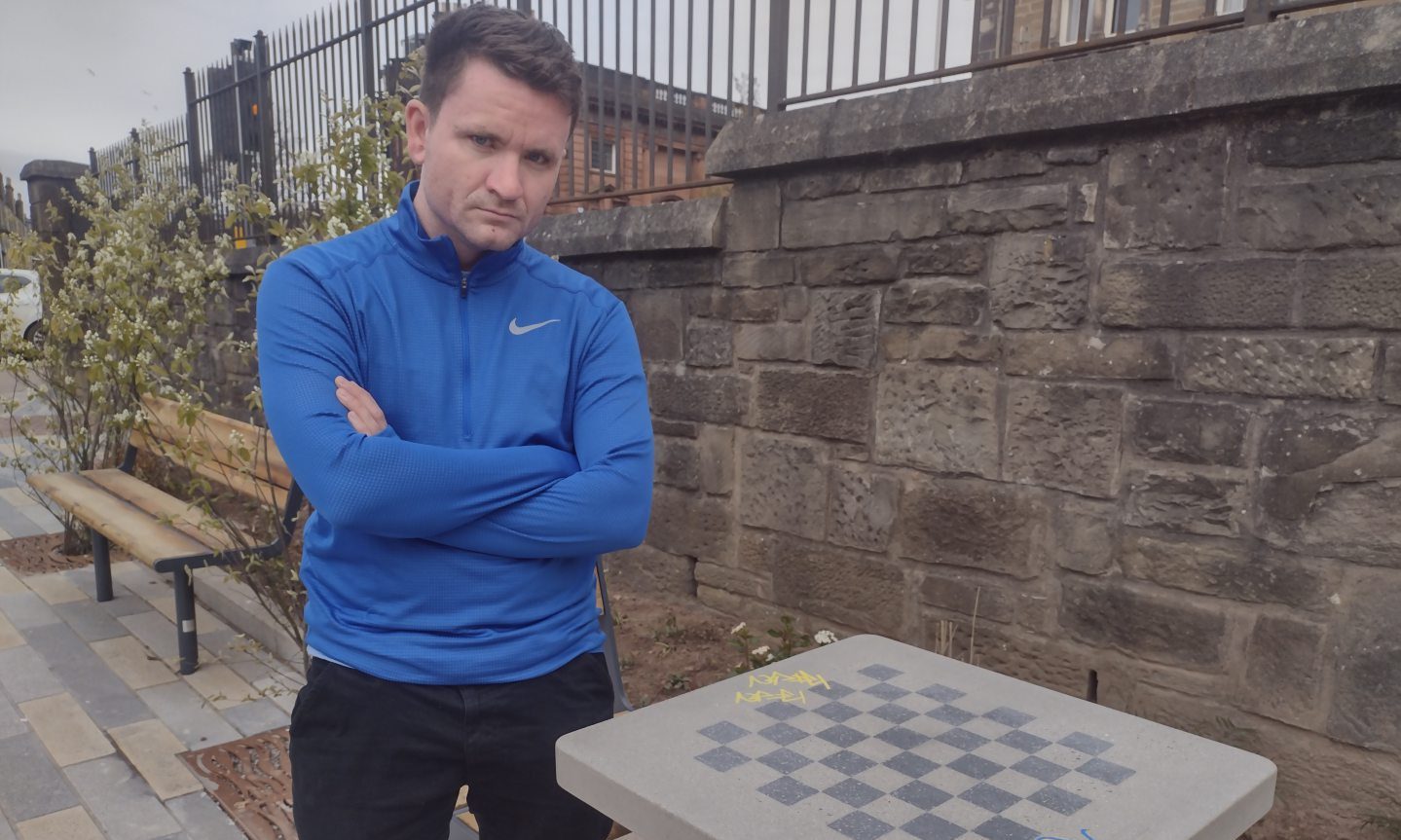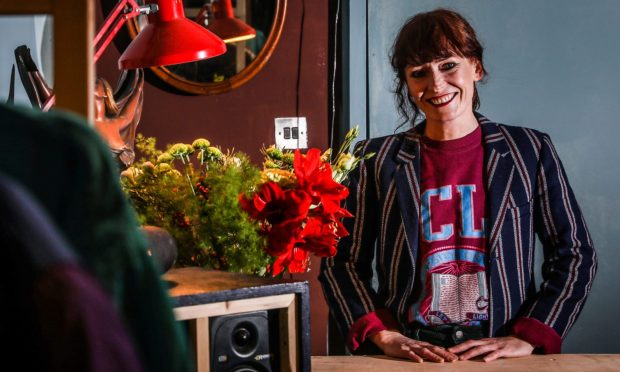Local authorities in Dundee and Angus have spent hundreds of thousands of pounds protecting council data against “malicious” online threats, according to new figures.
The UK’s local authorities are facing an unprecedented barrage of cyber-threats, amounting to almost 800 every hour in the first half of 2019, according to insurance broker Gallagher.
Dundee City Council has spent a total of of £713,000 protecting itself against threats in the past five years, including £231,000 on firewalls, £142,000 on internet filtering and £29,000 on two-factor authentication.
Angus Council has spent between £80,000 and £122,000 per year on cyber attack prevention, totalling £509,605 since tax year 2015/16.
Meanwhile, council bosses in Aberdeen spent £315,000 on a “next generation firewall” for five years alongside £112,800 on extra hardware and £15,000 on technical support.
Aberdeenshire said it had spent just over £49,000 a year on firewalls since 2017, on top of £30,000 in filtering and £7,046 on “cyber essentials”.
None of the councils said they had lost any money to e-crime.
North East MSP Tom Mason said the increasing risk to council data is another financial responsibility which is getting harder to bear as council budgets are stretched by cuts.
“The vast majority of cyber attacks are unsuccessful because more and more people are getting wise to the tell-tale signs of online fraud,” he said.
“But the spikes in brute-force attacks mean a heavy burden on hardware and software. These can be immensely expensive as these figures show.
“However, while the risk and the costs associated with defence are both rising, available funding for our councils is being cut.
“This year alone, the SNP government has cut useable funding to North East councils by £100,000 a day.
“Because public services are now being squeezed so tightly by Holyrood, it is hard to see public bodies being able to keep up with the rising tide of cyber attacks.”
REVEALED: ‘World’s most harmful’ hackers from Russia accused of Tartan Army and NHS Scotland attacks
Council figures released through Freedom of Information legislation previously revealed hackers tried to gain illegal access to computer systems more than 15 million times last year.
Scottish councils who suffered high-profile incidents resulting in data breaches and losses over the past five years include Shetland with two, and Dundee and Edinburgh with one each.
A Scottish Government spokeswoman said: “Despite further cuts to the Scottish budget, we have ensured our partners in local government receive a fair funding settlement, delivering a funding package of £11.2 billion for all local authorities in 2019-20, a real-terms increase of more than £310 million, or 2.9%.
“It is a matter for individual councils to manage their own budgets and use of reserves.”
Cosla, the body which represents local authorities in Scotland, did not respond to a request for comment.











